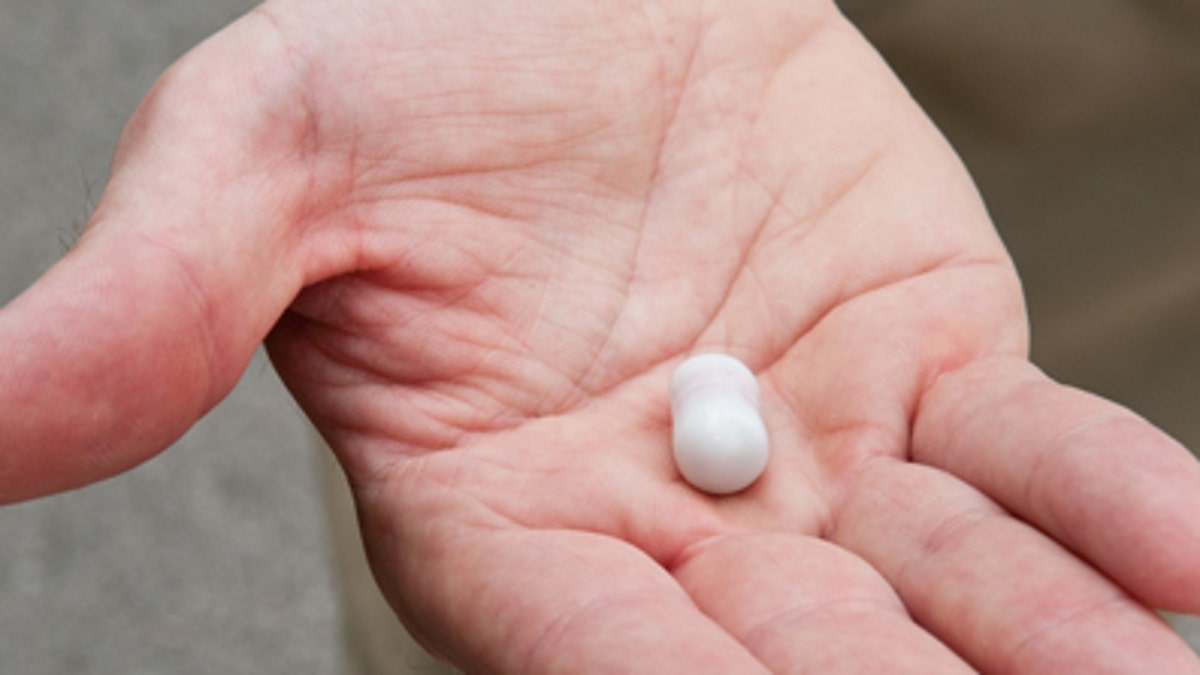
For two months now, a large portion of the country has been baking under a relentless heat wave. The record-breaking heat is making for long and uncomfortable days for millions of people.
But for many it’s dangerous and even deadly. In fact, the National Weather Service has received 68 reports of heat-related deaths as of August 1. Two in the past week have been college football players in Georgia.
“Heat stroke deaths are 100 percent preventable,” said Brendon McDermott, an athletic trainer professor at the University of Tennessee at Chattanooga. “People do not have to die when they have a heat stroke.”
McDermott is researching ways to prevent heat-related deaths. He’s focusing on football players who are braving searing heat in day-long summer practices before the start of the fall season.
For the past month, college football players across the sun-baked south have been wearing special headbands and swallowing a small pill-like sensor – both contain mini thermometers. They read the body’s temperature which is transmitted to a hand-held monitoring device. If the player's body temperature peaks above 102.5 degrees, an alert goes off warning trainers and coaches.
CorTemp, which makes the pill-sensor, says about 10 NFL teams, more than a dozen colleges and some high schools are using it or have used it in the past. Each little pill costs about $40 and although they can be reused, they typically are used only one-time because of sanitary concerns.
That’s a lot of money to smaller teams when you factor an additional $2,500 for the hand-held monitoring device.
The headband and sensor for helmets is made by Hothead Technologies. It seems to be a more reasonable option for smaller budgets. The first 50, along with the hand-held monitoring device, cost $5,000. But after the initial costs, additional headbands retail for just $10 each. The company that makes them says they are durable, reusable and more affordable.
But McDermott says although it is early in his study, he is concerned with how the headband sensors perform in reading accurate body temperatures. The concept of ingestible sensors has been around longer and they are widely used in the NFL and by college football programs with big budgets. However, smaller schools such as UTC, with limited resources, cannot afford the expensive technology and are testing the headbands inside players’ helmets.
McDermott wants to compare the temperatures recorded by the pill against those from the new temperature-measuring headbands to see if smaller schools are using a reliable technology to prevent heatstroke.
“I want to make sure health care professionals use a valid means [of evaluating athletes] because some of the heat-related deaths probably were the result of not assessing the temperature rates on site,” McDermott. ”If someone relies on invalid means, that’s not safe.”
Hothead Technologies President and CEO Peter Linke says the company has spent the past three years to develop the device and it’s reliable.
“We think this is a product that is very necessary.” Linke said, “Not only in sports but also in areas like construction and oil service where people are spending an awful lot of time in hot temperatures.”
Regardless of the device, the trend ‘in play’ is safety. And not just for football players.
Firefighters, soldiers – anyone who performs rigorous physical activities outside. It would be a benefit to be able to monitor their core temperatures and a valuable tool in keeping them safe.
“Heat strokes deaths are more than preventable,” McDermott said. “I’ve been on site for more than 20 heat strokes. If it’s recognized and treated it’s preventable.”
